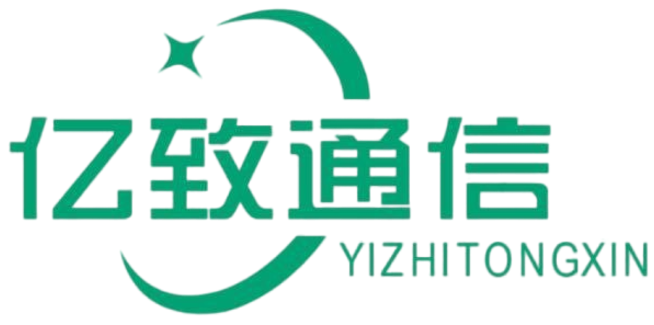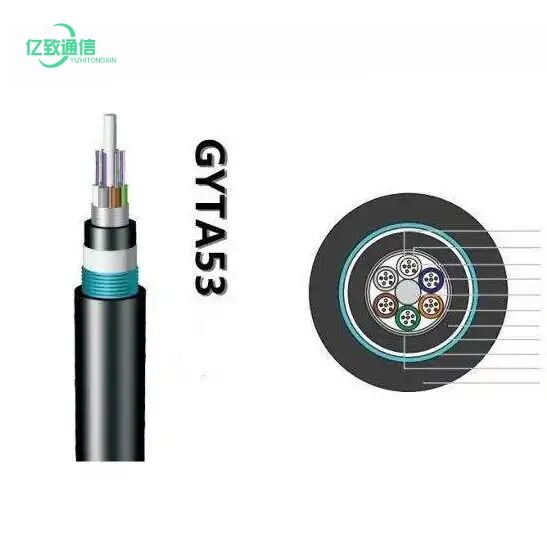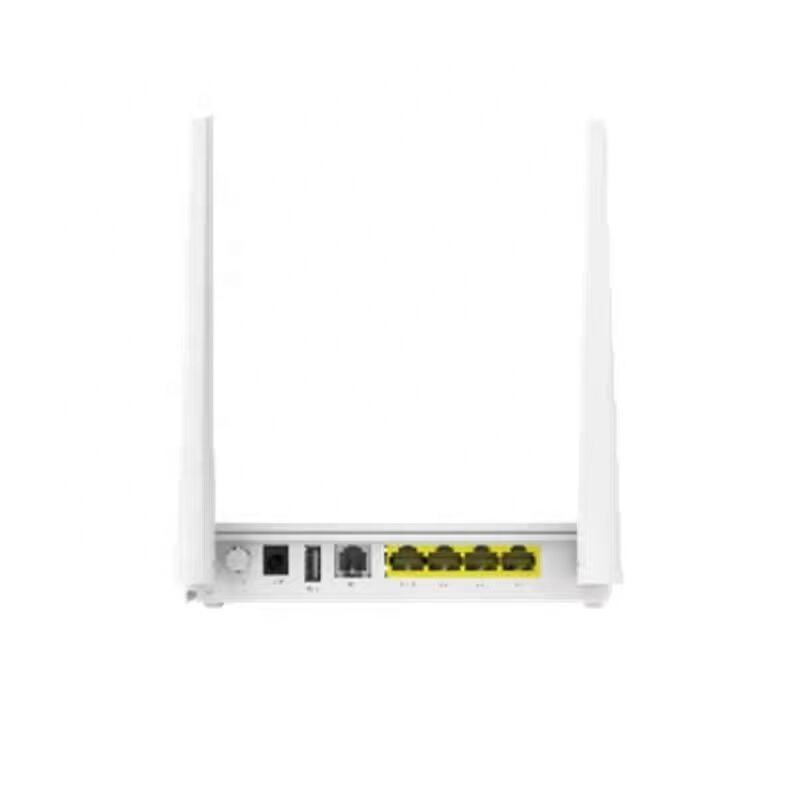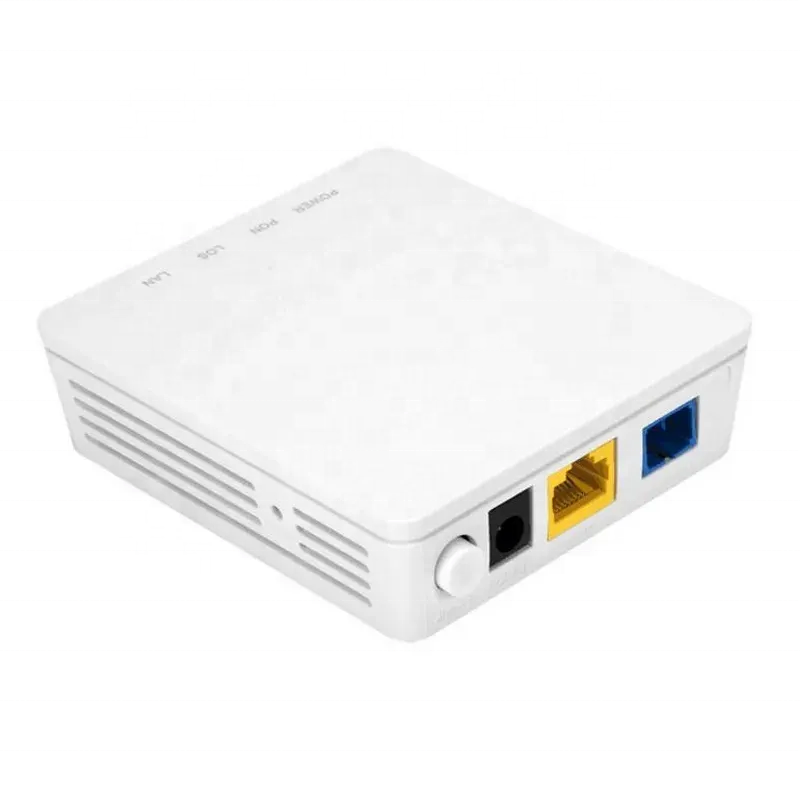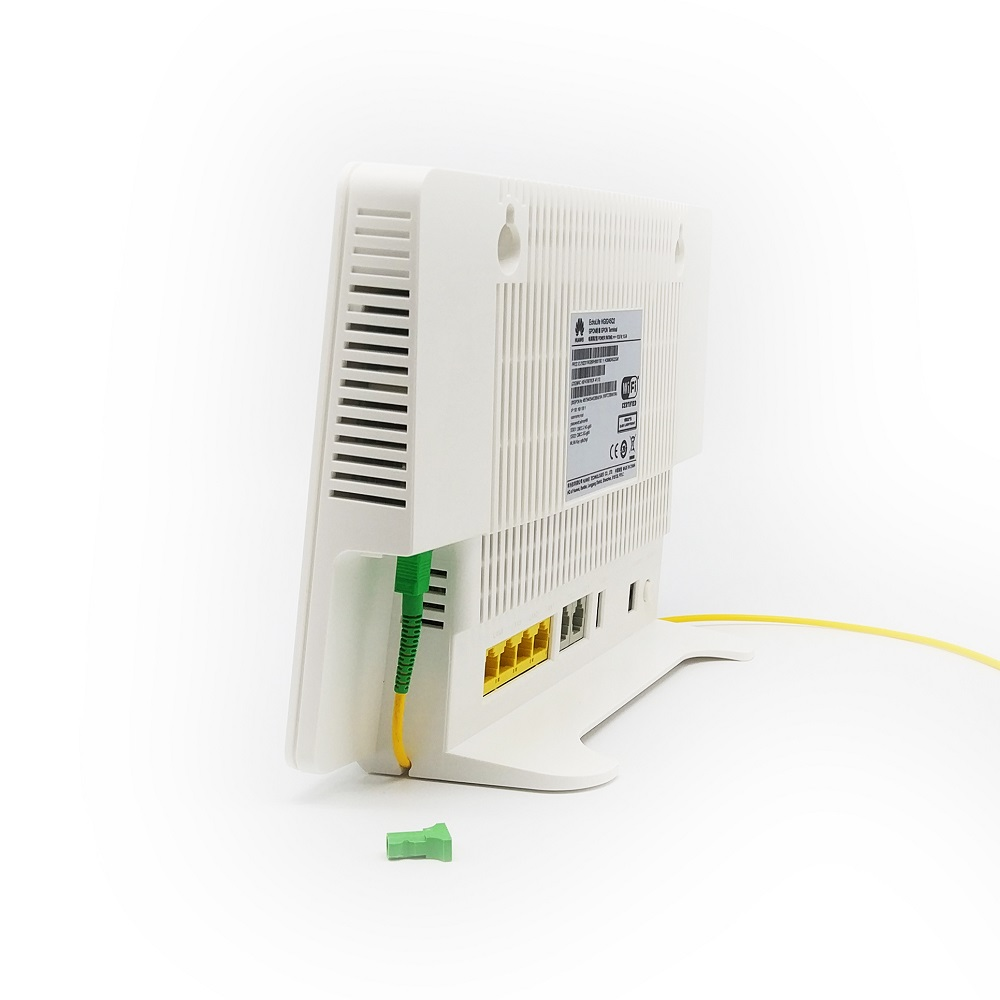olt types
OLT (Optical Line Terminal) types represent crucial components in modern fiber optic networks, serving as the endpoint hardware that manages and controls the optical signals in Passive Optical Networks (PON). The main types include GPON OLT, EPON OLT, and XGS-PON OLT, each designed for specific network configurations and requirements. These devices function as the central office endpoints, converting standard network signals to optical signals and managing the distribution of data, voice, and video services to multiple end users. GPON OLTs support speeds up to 2.5 Gbps downstream and 1.25 Gbps upstream, while EPON OLTs deliver symmetrical 1 Gbps speeds. The more advanced XGS-PON OLTs provide symmetrical 10 Gbps capabilities, meeting the demands of high-bandwidth applications. Each OLT type incorporates sophisticated management features, including Quality of Service (QoS) controls, traffic management, and security protocols. They support various service types, from basic internet connectivity to complex enterprise solutions, making them adaptable to different deployment scenarios, from residential areas to business districts.
